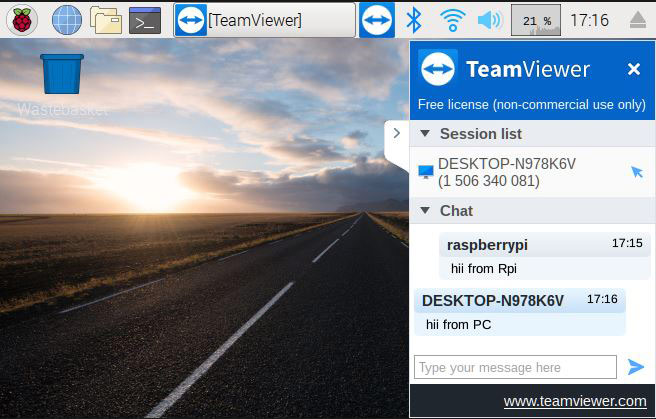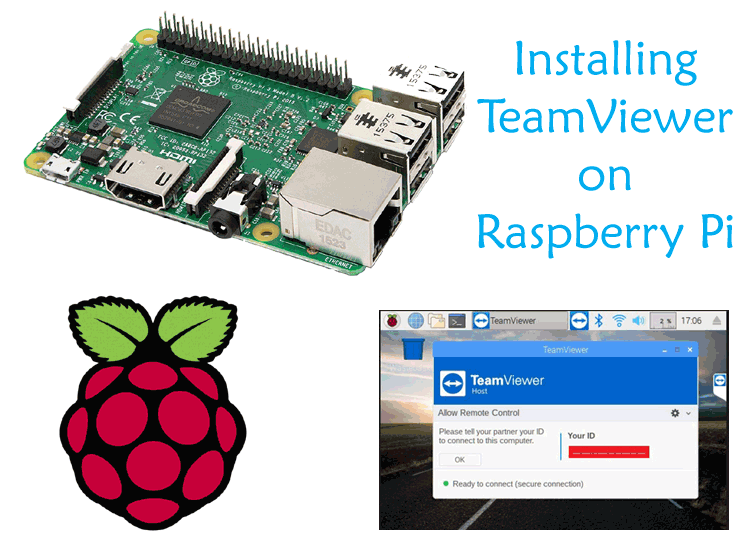

Why would you need TeamViewer on the RPi you ask? Isn’t there already SSH and port forwarding and such? Yes, BUT port forwarding won’t work with (double) NAT:ed 3G/4G connections. You’ll also find people telling you it’s impossible to run TeamViewer on the RPi altogether (which is untrue). A RPi running Raspbian is already quite slow, so doing x86 emulation on top of that is even slower. While this is a good idea, it’ll most certainly be slow. ExaGear Desktop enables x86 programs to be run (or “emulated”) on the RPi. When googling you’ll most certainly find a solution named ExaGear Desktop. TeamViewer is by no means a new technology, but the possibility to use it on the RPi is limited. Well, moving along to the subject, TeamViewer.

(I had to ditch my fancy old VPN stuff 😦 ) This dilemma is also the subject of this post, in other words how to “bypass” dual NAT using TeamViewer. On the negative side, all Finnish 4G mobile broadband connections are NAT:ed on the ISP side (exception is enterprise/business subscribers). I’m not a gamer either, so no need for low ping times. We also happen to live quite near a 4G base station, so regular speeds reach about 40Mbit/s+. This was by far the most bang for the buck. In the end, I ended up with a 50/50 Mbit/s 4G mobile broadband connection which is shared through a 4G router (which I already owned). Fiber optics would’ve been an option (fast and reliable), but it’s rather expensive compared to the other alternatives. Our old place had VDSL, but now I got to choose what I want. Among many other things, this meant changes to the Internet connectivity. All in all, try it, see if it fits your needs.During the summer we moved from an apartment to a house. Depending on the approach, system load is also questionable (at least on my tests). Some RaspPi versions might not be supported. ConclusionĪs any other solution, it’s probably not ideal one. Raspberry Pi Remote Login with TeamViewer if achieved. Install TeamViewer on Windows, enter your TeamView credentials from your remote system and you’re there. You might find it usefull as an idea, an alternative approach.

There is also an option to install/run TeamView on your RaspPi via ExaGear Desktop (which allows running x86 apps on Raspberry Pi). To enable headless view: # sudo teamviewer setup TeamViewer will start at boot by default. If there are some dependencies missing, hit: sudo apt-get update Jump to TeamView page and download RaspPi/ARM version. Unfortunatelly, TeamViewer had a version for RaspPi 2 & 3, with Zero and 1 being excluded. TeamViewer circumvent problems like router port Forwarding, NAT issues, private IPs. If your system has an access to the internet, you’re set. TeamViewer is a great tool that enables you a remote login to your system, no matter where you are. It’s one approach we can use to achieve remote access to our RaspPi. Raspberry Pi Remote Login with TeamViewer.


 0 kommentar(er)
0 kommentar(er)
